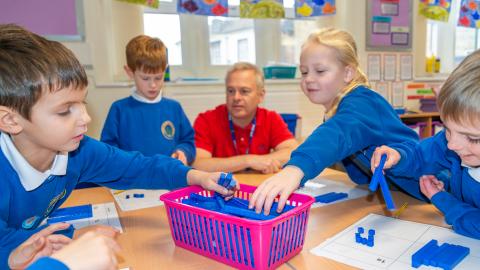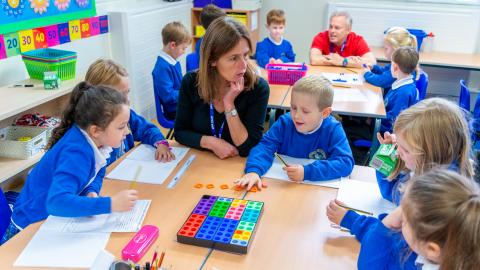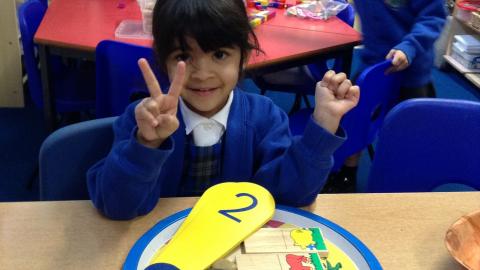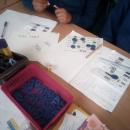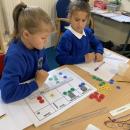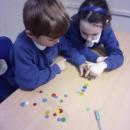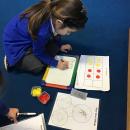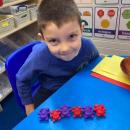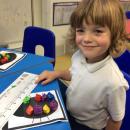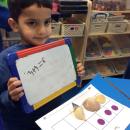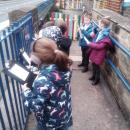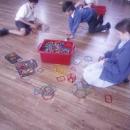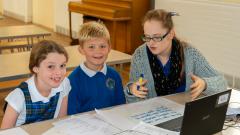We believe that a high-quality mathematics curriculum is essential in order for children to develop the maths skills and knowledge that they will need throughout their lives. We want children to develop a love of maths, confidently solving problems and sharing their knowledge. At Christ Church School, we follow the White Rose Maths scheme of work, structured in a way that meets the needs of our children in our mixed-ages classes – please see the long-term plan for an overview of how we achieve this.
In their maths learning, we want children to develop:
- fluency in the fundamentals of mathematics - the ability to rapidly recall number facts and understand mathematical concepts and to be able to apply their knowledge to a range of increasingly complex problems.
- reasoning skills - to use their mathematical knowledge and prior experiences to follow a line of enquiry, apply logical and critical thinking, make connections and find solutions. Crucially they will be able to explain their thought process and justify their conclusions.
- problem solving skills, including using trial and error and being able to work systematically to solve problems
Concrete-Pictorial-Abstract

We use the Concrete-Pictorial-Abstract (CPA) approach which is a system of learning that uses physical and visual aids to build understanding of abstract topics. We use this approach from reception right through to year 6.
Concrete: New mathematical concepts are introduced through the use of concrete resources (e.g. Numicon, Diennes blocks, counters etc).that they can manipulate.
Pictorial: Next the children use pictorial representations to solve problems - sometimes these are pictures of the concrete objects they were using, as well as other pictorial representations such as diagrams or number lines.
Abstract: Finally children solve problems where they only have the abstract; numbers or other symbols.
Building these steps across a lesson or unit of work can help children, from reception through to year 6, to secure their understanding of new mathematical concepts and make links between concepts.

